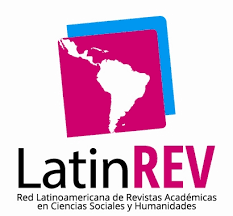Techos Verdes: de la teoría a la práctica
Keywords:
Green roofs, supporting structure, substrate, topsoil, extensive roofs, intensive roofs, substrate drainsAbstract
The green roofs were used since antiquity as cover for homes in northern Europe, for their exceptional conditions as thermal insulation, and the availability of their building elements in the environment. At present, its use has been diversified due to the excessive thermal increase that the buildings generate through the roofs, in order to make the constructions more environmentally friendly.
This research is justified insofar as the scientific review and its implementation in a controlled environment such as that of the university, allow a continuous monitoring of its development, the conditions that make it possible, thermal, humidity, and other measurements. factors of incidence in the environment.
The applied methodology was based on the Investigation-Action model, consisted in previously carrying out a theoretical review based on the existing bibliography and three seminars presented by: 1) Doctor Architect Gernot Minke of Germany; 2) The Architect Carlos Placitelli of Uruguay; and 3) The Architects Luis Emilio Barrios and Roque Ismael Cabral, the latter provided to the students before the final practice. The study, in addition to the bibliographic review, incorporates experiences with Architecture students of the Columbia University of Paraguay, Spain headquarters, in 2011 and 2014. Among the results obtained, it can be validated that green roofs, mainly those of an extensive type, generate their own conditions of life when they find optimal conditions for it, such as length of suitable leaves. Also mattes sufficiently resistant for the conditions to which they will be subjected. And finally,preventive maintenance by extracting shoots of shrub plants that take root in them.
Downloads
Published
How to Cite
Issue
Section
License
The Editorial Committee of the Journal reserves the right to introduce formal modifications necessary to adapt the text to the publication standards, for this reason, the digital version of the article presented must be modifiable.
Once published, the printing and reproduction rights belong to the Publisher. It is optional for the Editor to allow the reproduction of the article. In this way, it works with the Creative Commons 4.0 license, which deals with non-commercial recognition, share alike.






